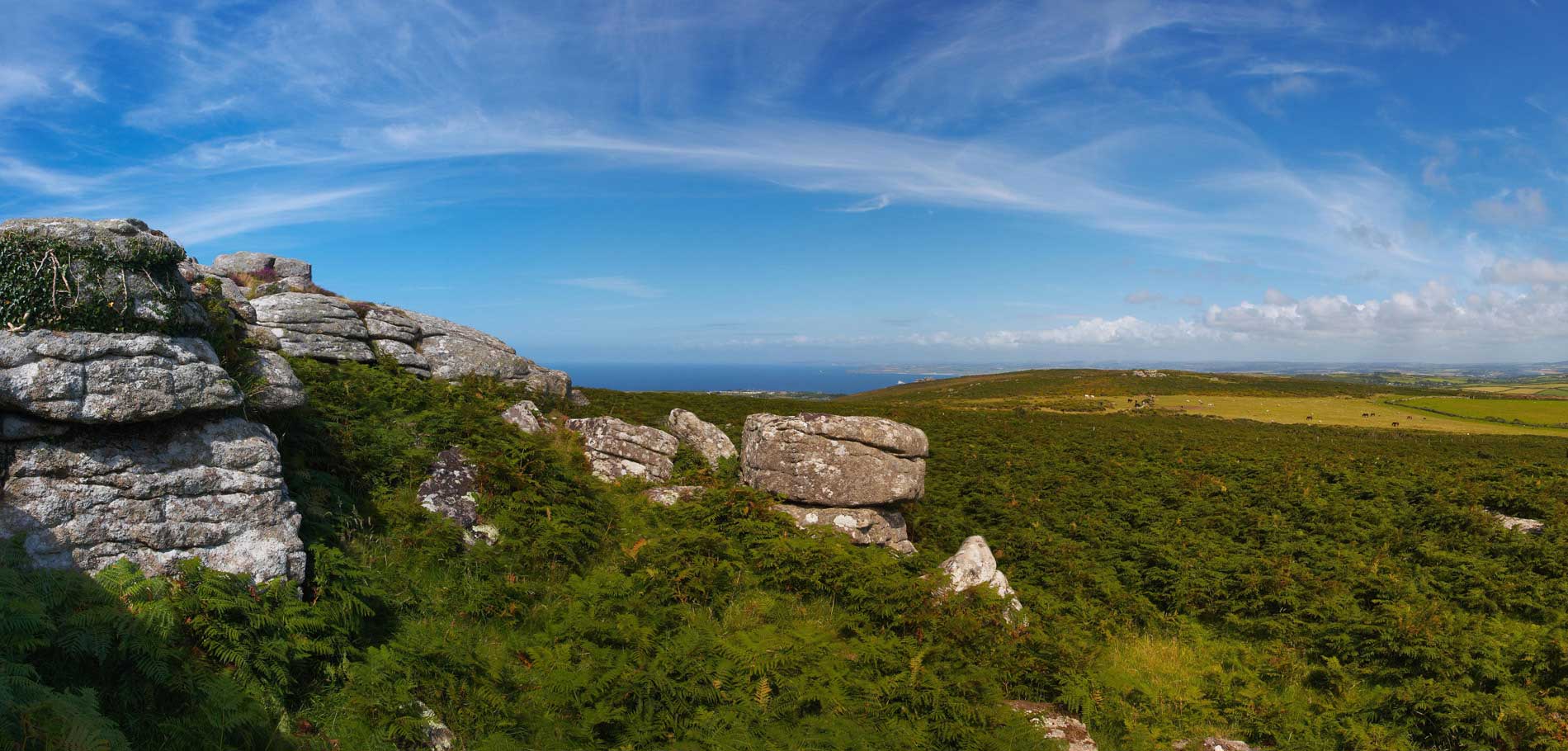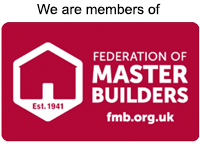 Typical Problems that you may encounter in old cob buildings
Typical Problems that you may encounter in old cob buildings
Large structural crack at the corner of the wall (larger than 25mm/1”)
Cracks can often appear at the corners of old cob buildings for a number of reasons. The walls can be forced out by the roof timbers owing to the absence of a sufficient tie across the trusses, which can In turn be caused by rotting or fracturing in the timber frame of the roof structure. Additionally, cracks can occur when there is shifting in the stone foundation plinth caused by differential ground settlement or a poorly built plinth; for example, where no tie stones were used.
If you observe a fault in the stonework, this indicates that the latter could be the cause. Otherwise, cracks in the cob walls are most likely to be due to failure in the roof structure. Remember, though, that often if there are serious structural problems in the cob building, it is normally not due to one reason but many different factors, so all possible causes should be investigated.
If these cracks are large and appear to be getting larger, they may cause eventual structure failure. It is for this reason that in this area we recommend that you seek the advice of a professional cob builder, or a structural engineer who has experience of working with cob. To monitor whether a crack is growing, it is possible to use a ‘tell-tale’ crack monitoring device that can be purchased at any builders merchants. If using this method, it will need to be monitored for 1 year.
In the meantime, the crack should be temporarily filled with stones and lime or cob to prevent water penetration through the crack. The standard repair treatment for corner cracks is a corner cob block stitch which involves tying the 2 separating walls together using pre dried cob blocks. Special reinforcing rods such as Helibar can be used between the cob block joints to further strengthen the corner, but are not always necessary.






